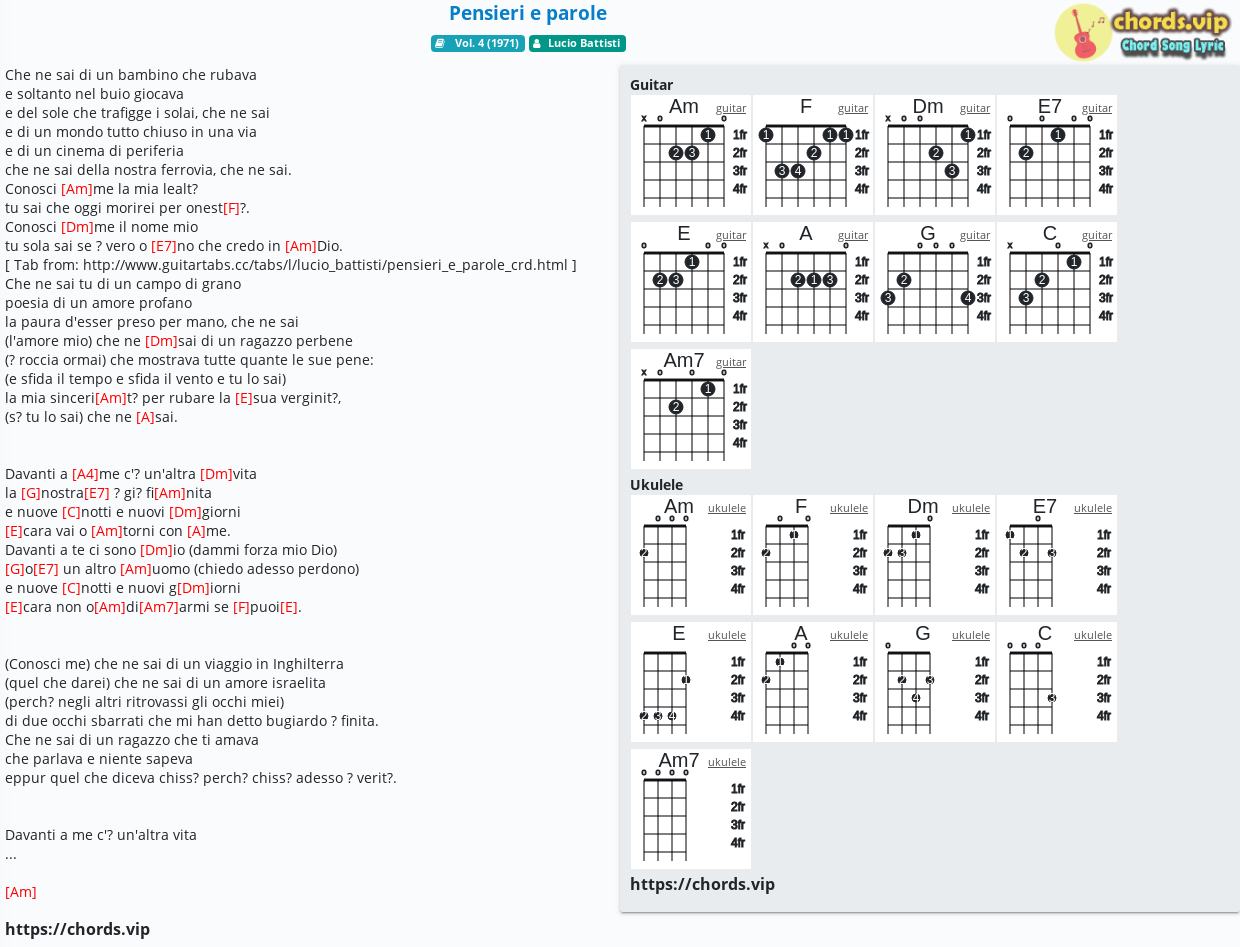

I play that shape often and it never occurs to me that there's no 5th in it or that it's lacking in any way. Oh, and is it the shape that most of you tend to use yourself when C7 is quoted, or do you prefer another variation? Is there another name that describes it more accurately or is C7 pretty much it? X32310 (double check what I type this time. So what is this shape that they always seem to print for C7: It surprised me that so many books quoted a precise rule and then immediately broke it without adding any further comment - as if they didn't even notice what they just did. a) Is it still really a C7, and if it's not why do so many sources not only list it as such, but actually use it to illustrate what a 7 chord is?ī) Does it matter? Is the G so unimportant that its presence is irrelevant?Ĭ) If it isn't a ‘true' c7, what is it?.The G disappeared from the shape when the Bflat was fingered on the G string. It doesn't seem to actually BE a C7 according to the rule they've just quoted. OK, that's the C7 shape that I've seen in pretty much all the books and on-line chord sites. But they then show you a diagram for C7 that looks like this: "The C7 chord will always contain C(1), E(3) ,G(5) and Bflat (flat7)" They almost always give the example of C7 and say that this is formed by taking C, E, and G and adding B flat. Could anybody please shed any light on something that's been puzzling me?Īll of the teaching books that I have tell me that the way to form a 7 chord is to add a flattened seventh to the basic chord.


 0 kommentar(er)
0 kommentar(er)
